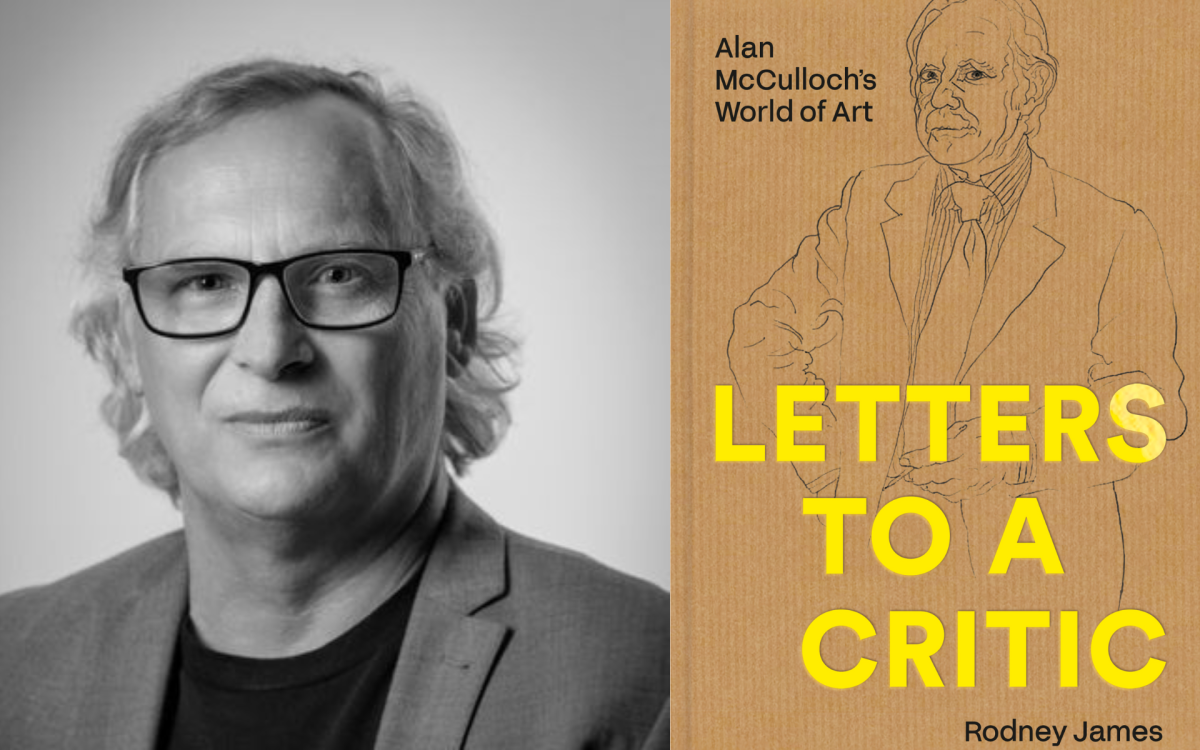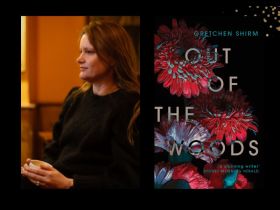More biography than words of wisdom to current and future art critics (as the title may suggest), Letters to a Critic: Alan McCulloch’s World of Art traces the journey and accomplishments of the influential Australian illustrator, critic, author and gallery director. One of the longest practising art critics in Australia during his time, McCulloch was a fierce advocate for a distinctive identity of Australian modern art and, through archival material, Rodney James unveils this lifelong passion and resilience.
Letters to a Critic documents McCulloch not only during his most glorious and accomplished years – including between 1951 and 1982 where he was critic for the Melbourne Herald – but also his struggles in the early years as an artist and illustrator during the 1930s Depression, as well as the backlash he faced when it came to his vision for art in Australia and beyond.
Now, some 30 years after his 1992 death, it feels that a comprehensive biography of McCulloch is long overdue. His influence goes well beyond a passive documentation of the art world in his day. McCulloch was the Foundation President of the International Association of Art Critics (Australia), Founding Director of the Morning Peninsula Arts Centre (now Mornington Peninsula Regional Gallery) and embarked on the ambitious project of the Encyclopaedia of Australian Art.
McCulloch was also among the earliest to lobby for government policy for the arts and the artist studio initiative that later formed Cité Internationale des Arts project, and worked tirelessly with the then director of the Museum of Fine Arts, Houston, James Johnson Sweeney, to put together one of the first Aboriginal bark painting exhibitions to travel outside of Australia.
While Letters to a Critic sheds light on the sociopolitical context of McCulloch’s era, it makes clear that he was very much a man of his own will, even when faced with adversity and criticism. In Chapter 3, ‘The Critic Responds’, James sheds light on McCulloch’s vision as a critic, his values and his fight to advance the landscape for art critics.
In a letter, McCulloch wrote: ‘…the temptation to any critic is to be kind; but I can assure you from long experience that in art above all things there is no ultimate cruelty like that of misguided critical kindness.’ Decades later, this fight for criticism persists. Chapters 3 and 4 (‘Galvanising the Critics) focus most prominently on McCulloch’s criticism and make readers consider the power of the critic today.
However, readers who are not familiar with McCulloch’s writing will find themselves trying to piece together a holistic view from the snippets offered in Letters to a Critic, and those wanting to learn more by digging into archival material will find there are limited resources available online. That being said, James does provide a pathway into understanding McCulloch’s views and writing, some of which in the critics’ own words can be abstruse.
Read: Book review: The Collected Regrets of Clover, Mikki Brammer
What becomes clear in Letters to a Critic is the far-reaching influence of McCulloch, one that is enmeshed in the very fabric of Australia’s cultural scene, from backing the Melbourne Arts Centre spire and design of Sydney Opera House, to prophesying the establishment of the Ian Potter Centre: NGV Australia.
Letters to a Critic: Alan McCulloch’s World of Art by Rodney James
Publisher: Melbourne University Publishing
ISBN: 9780522879872
Format: Hardback
Pages: 336pg
Release Date: 14 November 2023
RRP: $60





